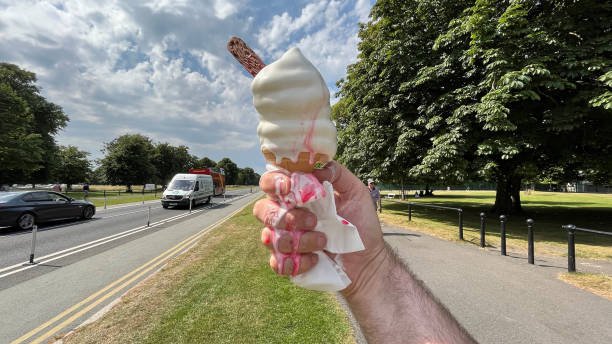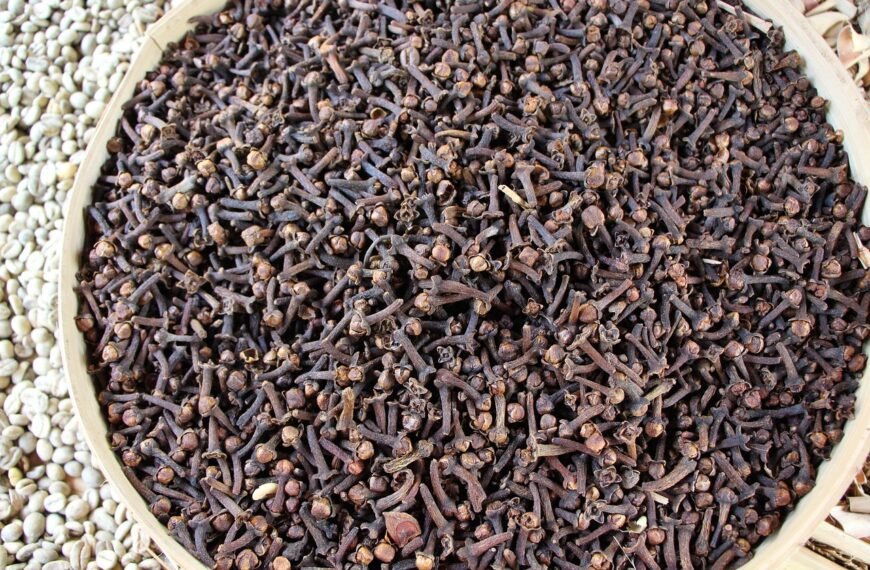Everyone loves ice cream on a hot day. But the problem? It melts too fast. That drip down your hand, the sticky fingers, and the race to finish before it melts completely can be frustrating. So, what if ice cream could hold its shape longer in the heat?
Some years ago, a Japanese company made headlines with a new kind of ice cream that didn’t melt under the sun. Videos went viral showing their popsicles staying solid even after heat exposure. The secret? A natural compound called polyphenols, found in many fruits. These compounds helped the ice cream stay firm without dripping all over.
Normally, ice cream is made from cream and sugar, mixed and frozen in machines that scrape off thin frozen layers to keep ice crystals small. When it melts even slightly and refreezes, the texture becomes rough and icy. This is why manufacturers already use stabilisers like guar gum or carrageenan from seaweed to help ice cream survive the journey from factory to freezer.

But when researchers looked into the Japanese innovation, they found that polyphenols like tannic acid could do even more. Cameron Wicks, a food scientist, tested different levels of tannic acid in cream. She found that even small amounts made the mixture thicker. At higher levels, the cream turned into a gel that didn’t even fall out when the cup was flipped. It was so firm it could be sliced with a knife.
Under a microscope, Wicks noticed that the cream had more solid fat particles. The tannic acid was bonding with proteins and stopping the fats from melting into a liquid mess. This explains why this type of ice cream doesn’t melt the usual way. It becomes more like a soft pudding than a melted pool.
However, this doesn’t mean ice cream will stay cold forever. It still warms up, but it doesn’t lose its shape. That’s because the polyphenols act like support—kind of like a bra for your dessert. It might not melt all over, but over time, it gets a jelly-like texture that some people might find strange.

And that’s the tricky part. Ice cream is loved not just for taste, but also for texture. If it turns rubbery, it might not feel like a real frozen treat anymore. People expect smooth, creamy ice cream, and a change in texture could throw them off.
Still, these natural compounds may be useful for keeping ice cream stable during transport or hot weather. It may not be the future of every cone or tub, but it shows how science can help make small changes that improve the experience. Whether it becomes common in shops or just stays as a fun experiment, only time will tell.





















